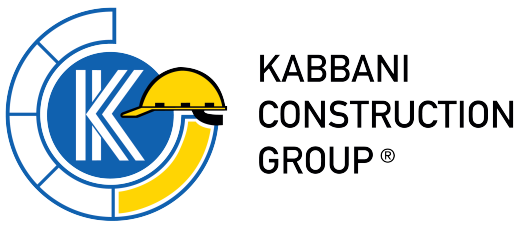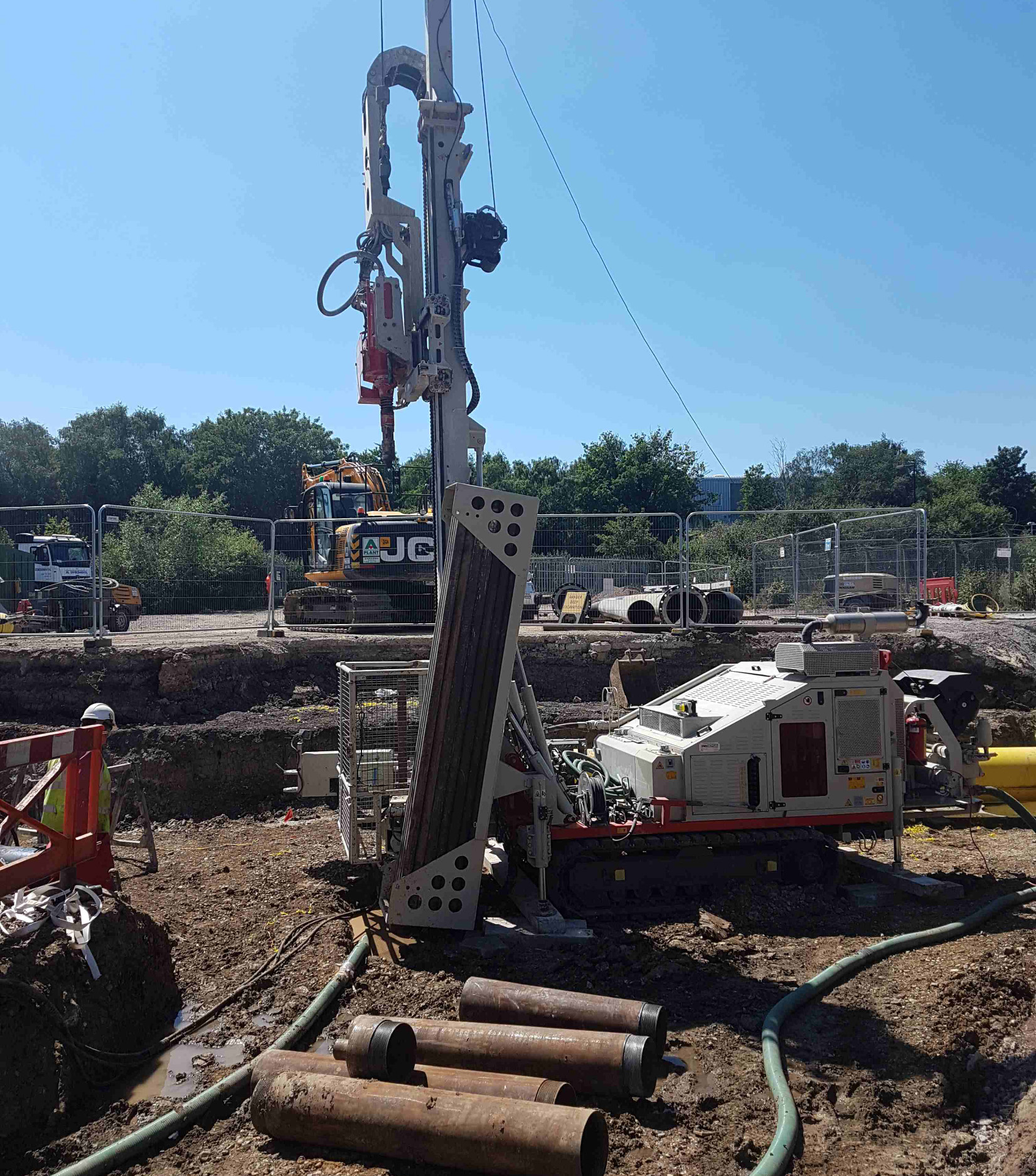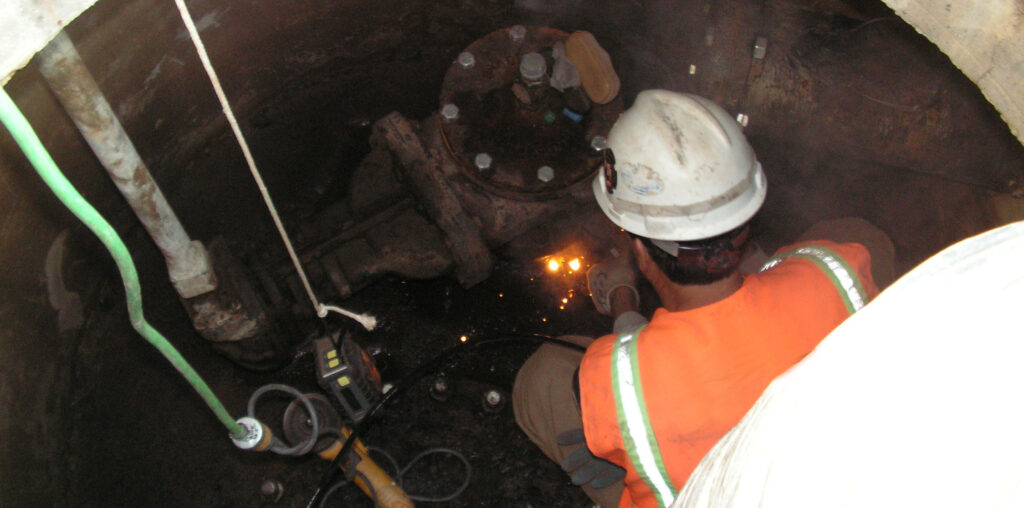Highway grooving was created with the purpose that hydroplaning would be drastically reduced, thereby improving the braking distance and handling of aircraft on wet pavement. The Federal Aviation administration and pilots alike both have found that transverse-grooved surfaces help to diminish skids on wet or flooded runways and allow for better controlled nose-wheel steering during a landing roll-out.
With the innovation of larger aircraft in the 1960’s, hydroplaning was becoming a more prominent problem. In order to combat this dangerous landing issue, NASA launched an intensive research program at its Langley Research Center to prevent plane tires from rolling or sliding across waterlogged pavement, potentially leading to planes being lifted away.
These researchers found that cutting slim grooves in the concrete created thin passages by which excess water follows and is run away from the runways. In this way, the risk of hydroplaning was reduced and planes were able to navigate wet runways more safely. By 1967, the Federal Aviation Administration’s and NASA’s efforts to improve safety resulted in grooving becoming a standard.
Benefits of Runway Grooving
- Reduces hydroplaning, both dynamic (standing water) as well as viscous (wet pavement with or without standing water).
- Maintains a higher level of contact between tires and pavement under weather conditions causing wet pavement.
- Allows for ample direction and breaking control of the aircraft when landing
- Transverse grooving allows for slight drainage of water, though not complete drainage
- Friction is provided by pavement texture
- Grooves cause water to fall through, minimizing water on top and allowing tires to grip the pavement.
- Worn down aircraft tires brake better on a grooved runway than new tires would on a non-grooved runway on wet pavement.






